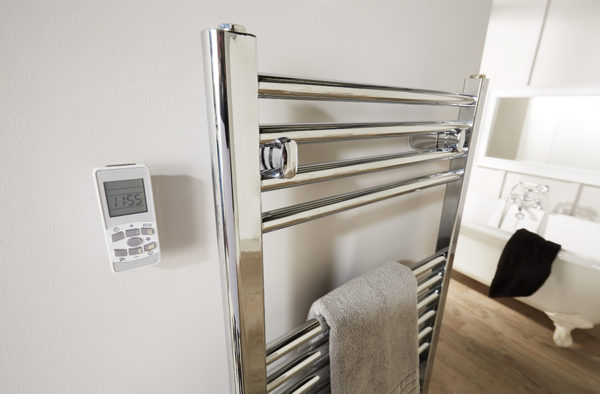
This allows the product being controlled to use its own switching voltage, making it suitable for low voltage applications. The controls themselves do not provide any voltage to the switching contacts – they are ‘volt free’. This feature is particularly useful in period of extremely cold weather when central heating and hot water are required quickly or unexpectedly. Using ‘Boost’Ī a 'boost' function allows users to temporarily run their heating or hot water programmes for one, two or three hours. You can avoid this by regulating flow using the interior of any Drayton TRV body and simply leaving the lockshield valve fully open. This means that when the radiator is re-fitted, the system is unbalanced.


By using the TRV body to regulate flow, you avoid unnecessarily re-balancing the system when a radiator has been removed during decoration.Ī decorator is likely to remove a radiator by fully closing the valves at both ends to isolate it, without noting how far open the lockshield is. Traditionally this would be done by using the lockshield to control flow through the radiator. If you’ve installed Drayton TRVs to a heating system, the balancing process will need to take place. To do this, first drain down the system, then un-screw the TRV head, and use Drayton’s universal grey tool to remove the valve insert before cleaning below it.

They do however require occasional maintenance to ensure debris does not build up. In hard water areas it is more important than ever that TRVs are maintained to stop plastic degrading and valves failing.ĭrayton TRVs are made with plastic, rather than metal components, to stop internal parts sticking in hard water areas.


 0 kommentar(er)
0 kommentar(er)
